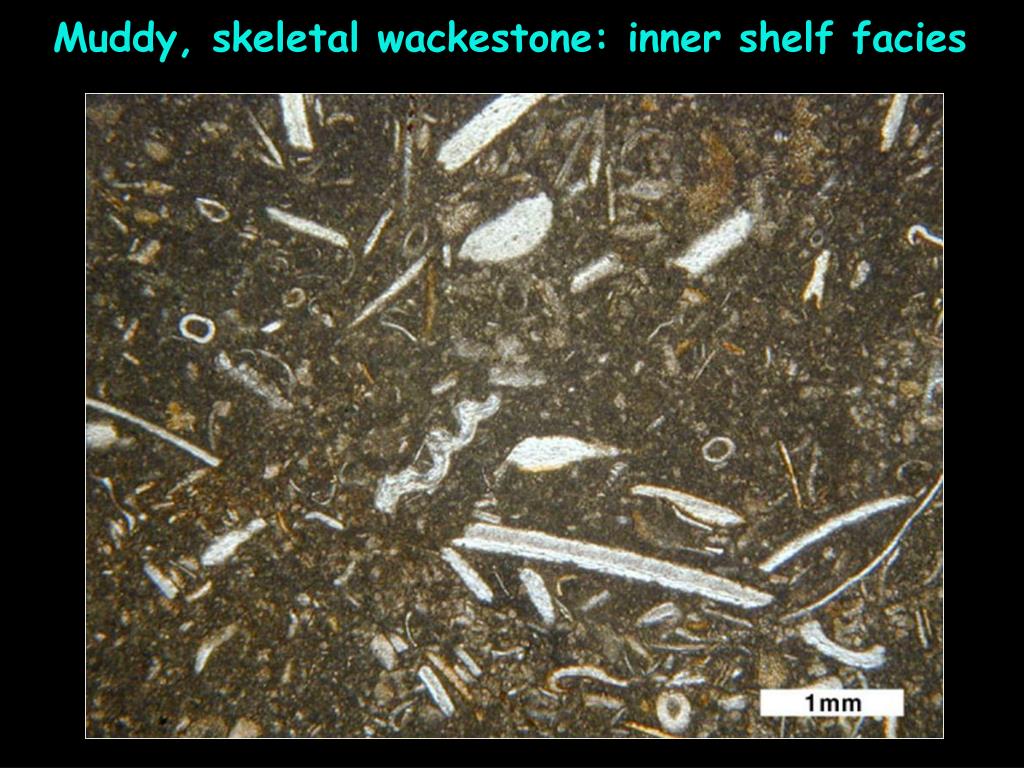

We’re not going to dive into cycling a new tank in this article but live sand contains the same beneficial bacteria that live rock does. One of the great things about live sand is that it’s great for jump starting your aquarium if you’re starting with dead rock. If “live” sand isn’t really necessary, why should we use live sand for saltwater aquariums? Why not just use dry sand? I’m all for simplifying tank maintenance but I’m personally not sure I can go all in on a bare bottom just yet. Without the sand bed fish waste and excess food break down into the water column prior to decomposition and are largely removed by a protein skimmer. There’s no way around having to clean a sand bed on occasion. Bare Bottom Tanksīare bottom tanks are becoming popular since they make maintaining your aquarium much easier. Reactors, refugiums, algae scrubbers, protein skimmers, and bio media are all additional methods of dealing with left over fish food and fish waste. While many do still utilize deep sand beds, there really are better ways to control nitrate and phosphate. Unfortunately any sand in your reef tank will eventually accumulate detritus that will need to be cleaned out before it begins generating the unwanted byproducts of the decomposition process.

The logic behind this was to create a low oxygen zone for bacteria to live forcing the bacteria to strip Nitrate of it’s Oxygen molecule and releasing the byproduct as nitrogen gas. In the not too distant past it was very common for reefers to have deep sand beds in their aquariums.


 0 kommentar(er)
0 kommentar(er)
